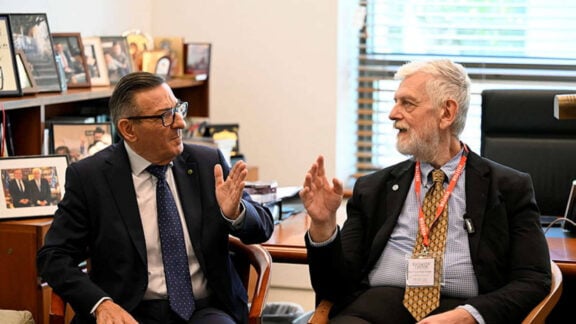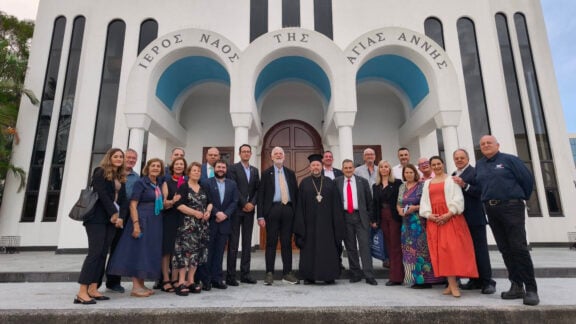The troika of international lenders arrived in Cyprus last week to complete a draft agreement on a bailout deal to rescue the island’s recession-hit economy. Cyprus Government spokesman Stefanos Stefanou confirmed the visit, ending speculation that the troika would stay away because of the Government’s own counter-measures to the lenders’ harsh austerity plan.
Cyprus applied for a full EU bailout in June after its biggest lenders, Cyprus Popular Bank and Bank of Cyprus, were unable to meet new capital reserve limits because of huge losses due to their exposure to bailed-out Greece. Cyprus has held the EU’s six-month rotating presidency since July 1 and is the first country to hold the presidency whilst also negotiating EU emergency aid.
A document leaked to the media shows the government proposed to raise revenue through more taxation and fewer cutbacks over a longer period than proposed by the troika. Analysts believe Cyprus will require in excess of 10 billion euros to prop up its 18 billion euro economy. It hopes to cut the debt gap by slightly more than one billion euros by the end of 2016 rather than the one billion euros in mostly public finance cuts the troika seeks by 2015.
The troika’s proposal is 80 per cent through savings in expenditure cuts and 20 per cent via increased taxes. The government’s proposed ratio is 60:40 – including a two percent hike in VAT to 19 per cent by 2014, a five euro cent rise in duty on petrol , and 150 million euros slashed off state benefits. Troika representatives have visited Cyprus twice since June, when it called for help after both the Bank of Cyprus and Cyprus Popular Bank said they could not raise funds to meet recapitalisation requirements.
The troika reportedly wants to slash the state payroll by 15 per cent, shave 10 per cent off welfare benefits, scrap an inflation-linked, cost-of-living allowance and roll back government-subsidised housing finance. Cyprus has resisted such sweeping austerity moves saying they would undermine an economy already in recession.








